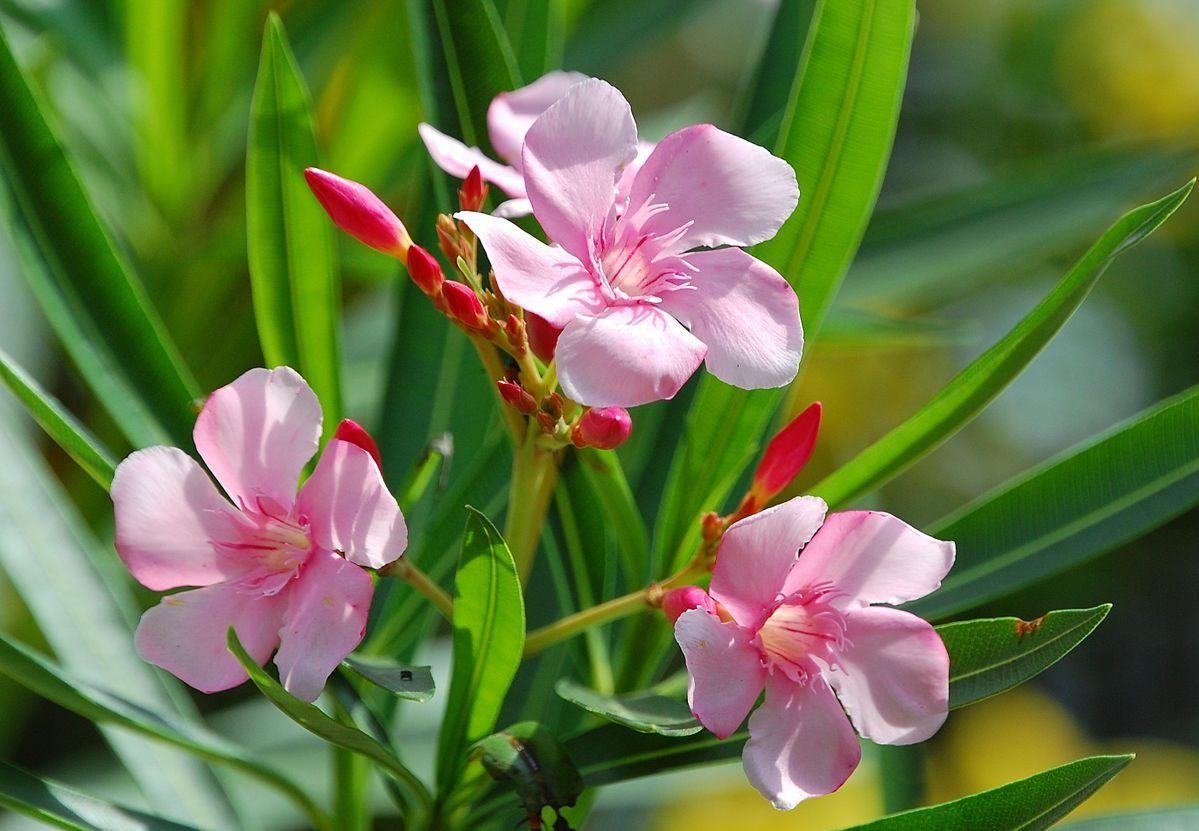
Oleander (Nerium oleander)
Oleander, also known as Nerium
Oleander (Nerium oleander) is a shrub or small tree renowned for its stunning pink flowers with five lobes and deep green, lance-shaped leaves. Despite its beauty, oleander is highly toxic and should be kept out of reach of children and pets.
Key Facts About Oleander
Attributes of Oleander
Scientific Classification of Oleander
Toxicity
Golden pothos contains a chemical called calcium oxalate, which is mildly toxic to humans if ingested or if the skin comes into significant physical contact with its sap. Symptoms of ingesting golden pothos may include eczema (itchy, red, swollen, irritated skin), burning, inflammation of the mouth, and vomiting. Contact with the sap can also cause dermatitis: an uncomfortable, itchy rash. The leaves of the golden pothos, if ingested by dogs, will irritate the mouth and gastrointestinal tract. Chewing the leaves or stems by cats causes intense irritation of the mouth, tongue, and lips, resulting in drooling or vomiting, which in turn may cause dehydration.